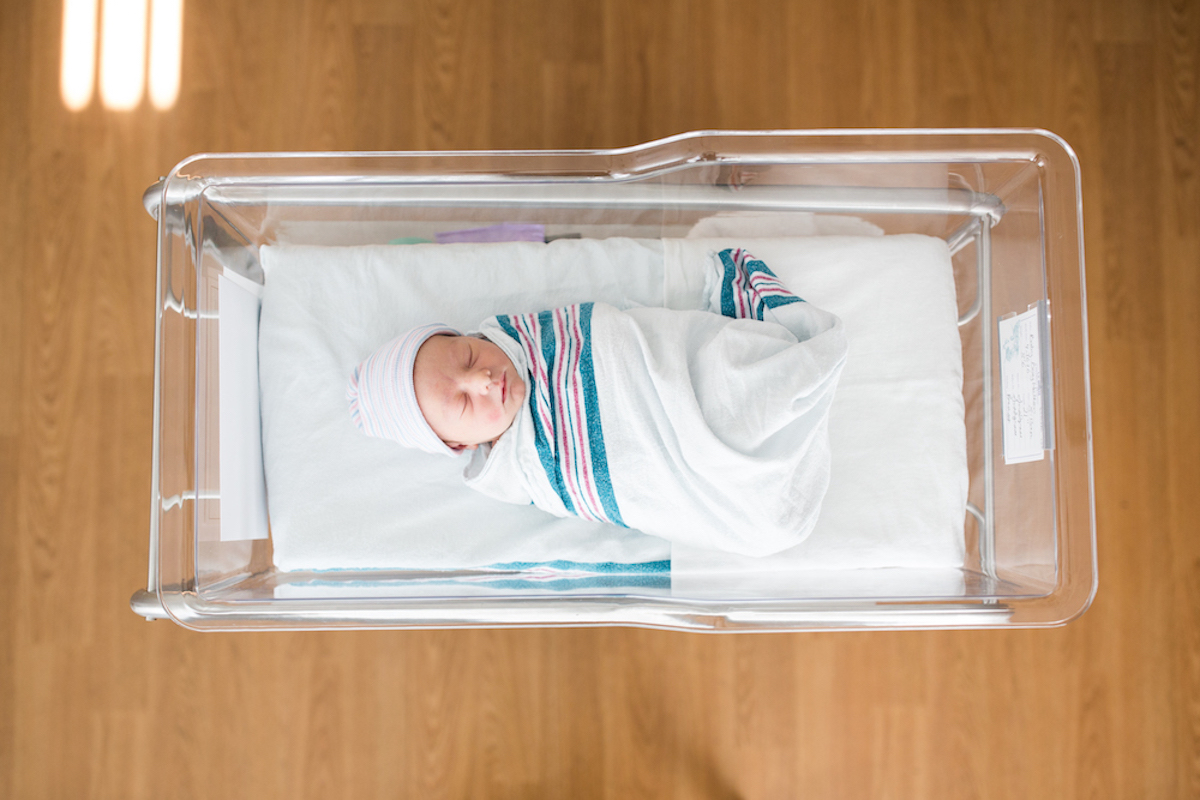OK, so I keep hearing about putting an egg in a sock to help with teething — something about the carbon dioxide makes it so the teething pain goes away? We tried it and our son actually had a good night of sleep, even with four teeth coming in! But is there any data on this, or did he just randomly have a good night?
—Austin
One of the hallmarks of parenthood is the search for meaning in your children’s sleep patterns. Maybe the reason my child slept well last night was because he ate exactly three candy corns and we left the closet door cracked 1.5 inches. But that wasn’t it! Infant and toddler sleep can be pretty unpredictable. The fact that they slept well when you tried one particular thing is … uninformative.
Still, could there be any truth to this egg business we’ve heard about on TikTok?
First, we can subject it to Bayes’ rule. As in: what do your priors tell you? Does it seem likely that hanging an egg in a sock in your child’s room would help with teething pain? When someone first mentioned this to me, I thought maybe the idea was that the kid would eat the egg. It’s not! (Although that does seem like a risk, especially given their newfound teeth.)
But beyond our priors, we can dig into the mechanisms here.
First, the idea is that the egg absorbs carbon dioxide. Apparently eggshell membranes can absorb seven times their weight in carbon dioxide, according to this one paper. An eggshell membrane is very light; however, the authors suggest that a single egg could absorb up to 1.15 grams of carbon dioxide.
We must compare this with the average amount of CO2 in a room. A typical bedroom might have a CO2 concentration of around 1,500 parts per million, which converts to 2.9 grams per meter squared. If your child’s room is 10 feet on all sides, that’s 28 cubic meters. So, in all, you’d expect about 81 grams of carbon dioxide. The egg would remove 1.15 of them, for about a 1.2% reduction. It’s a small share.
There actually is evidence that lowering the CO2 levels in a bedroom improves sleep. In one set of experiments, researchers opened windows in rooms, and they observed that CO2 declined and sleep was improved (as was mental performance). However, opening the window decreased the CO2 concentrations in the room by 75%. Not 1.2%.
In conclusion: it is possible that opening the window could help your child sleep better (teething or not). The hanging egg theory, though, is decidedly debunked.


















Log in